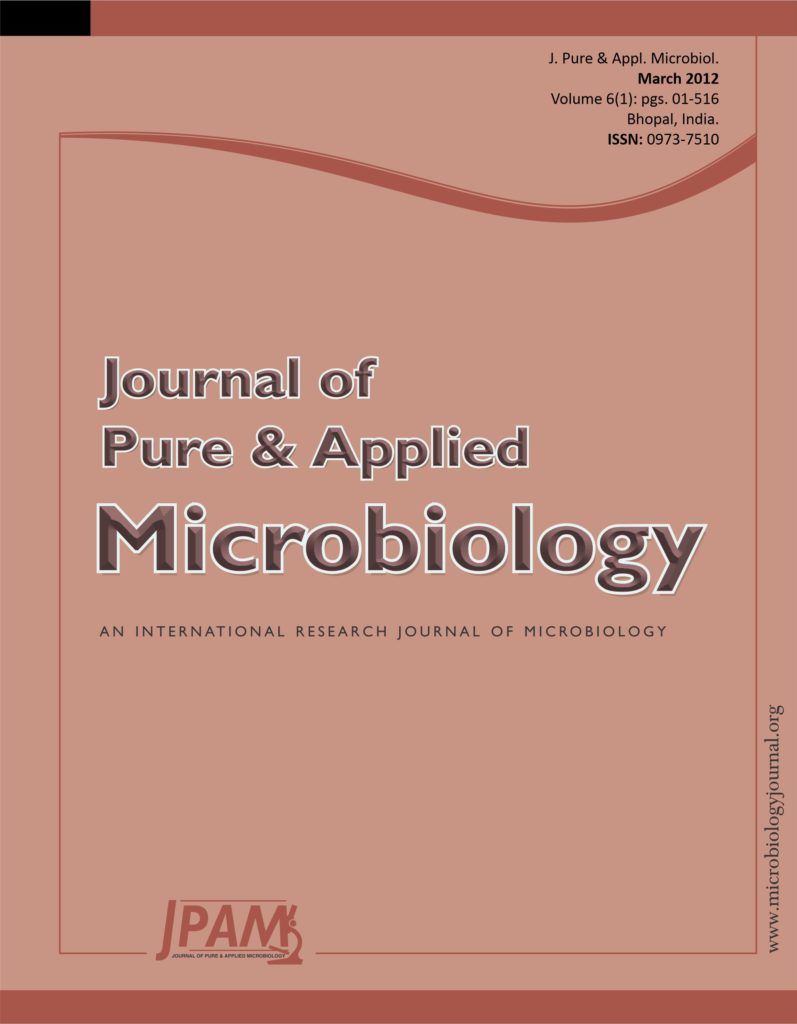Pseudomonas aeruginosa is a concerning opportunistic pathogen frequently causing nosocomial and life-threatening infections. The present study was thus conducted to determine the prevalence of antibiotic resistance in clinical isolates of Pseudomonas aeruginosa in Zagazig, Egypt. From 250 clinical specimens, 86 isolates of P. aeruginosa (34.4%) were recovered to assess the level of antimicrobial susceptibility and to determine the possible existing resistance mechanisms to commonly used antibiotics. It was found that piperacillin, meropenem, amikacin and polymyxin B were the most effective antibiotics against P. aeruginosa followed by imipenem, ticarcillin, ciprofloxacin, ceftazidime, cefipime, gentamicin and norfloxacin. P. aeruginosa isolates were found to be highly resistant to all other antibiotics tested. The identified mechanisms of resistance of P. aeruginosa isolates included b-lactamase production and involvement of multiple drug resistance efflux. The present results showed that 42 (48.8%) of the clinical P. aeruginosa isolates were b-lactamase producers. Efflux pump was identified in 34 (39.5%) of the isolates that effectively mediated resistance to cefotaxime, ticarcillin, azetreonam, meropenem and norfloxacin but not to streptomycin. In conclusion, antibiotic resistance in clinical isolates of P. aeruginosa could be attributed to b-lactamase production and the activity of multiple drug resistance efflux pumps.
Pseudomonas aeruginosa, Multidrug resistance, b-lactamases, Efflux pumps
© The Author(s) 2012. Open Access. This article is distributed under the terms of the Creative Commons Attribution 4.0 International License which permits unrestricted use, sharing, distribution, and reproduction in any medium, provided you give appropriate credit to the original author(s) and the source, provide a link to the Creative Commons license, and indicate if changes were made.


